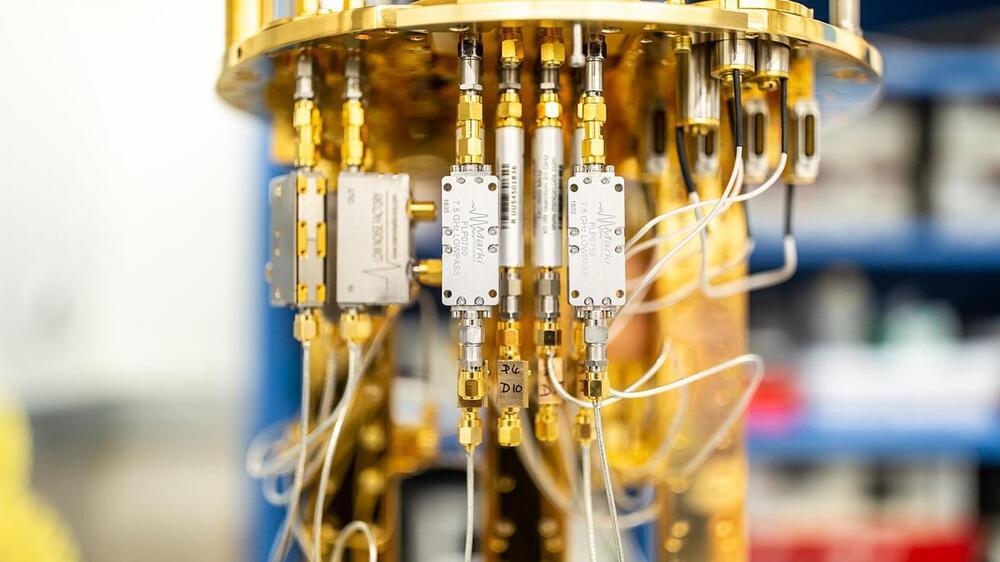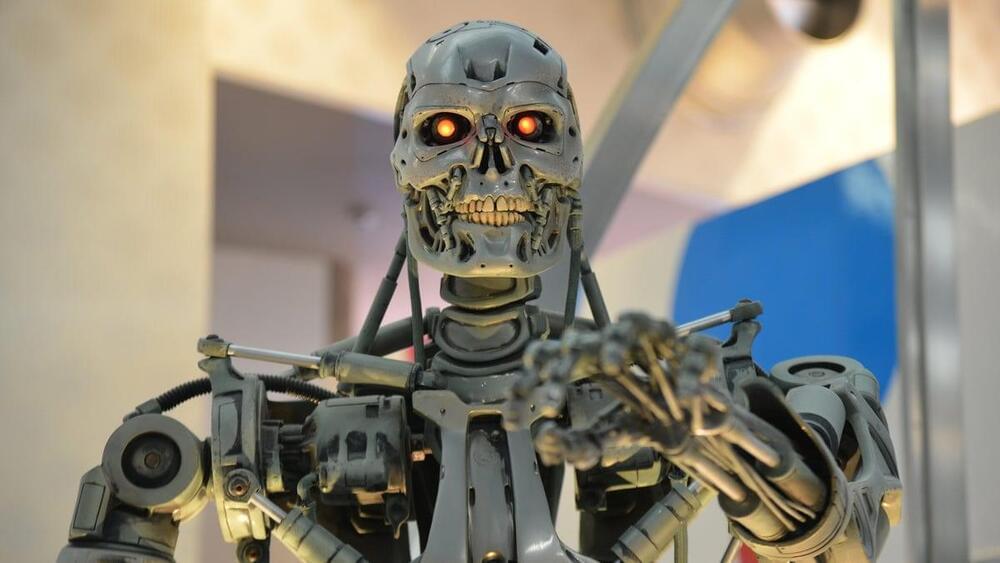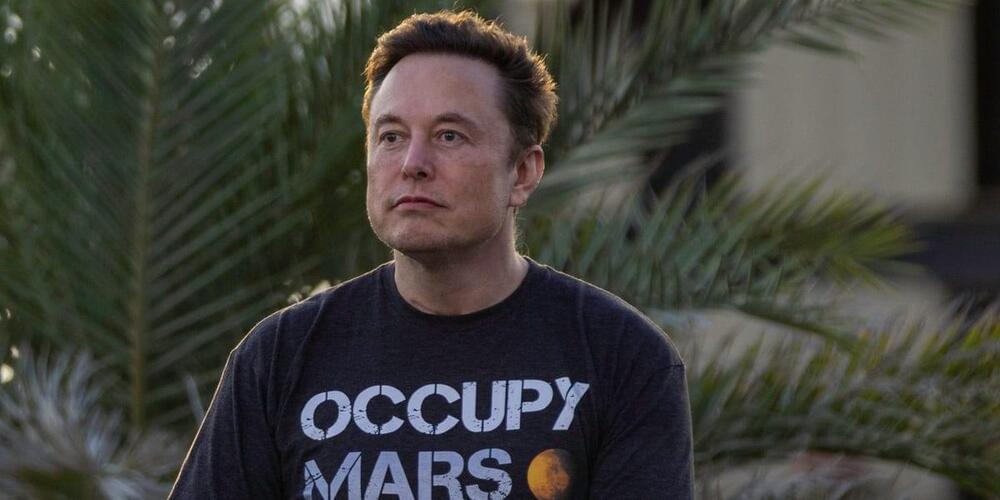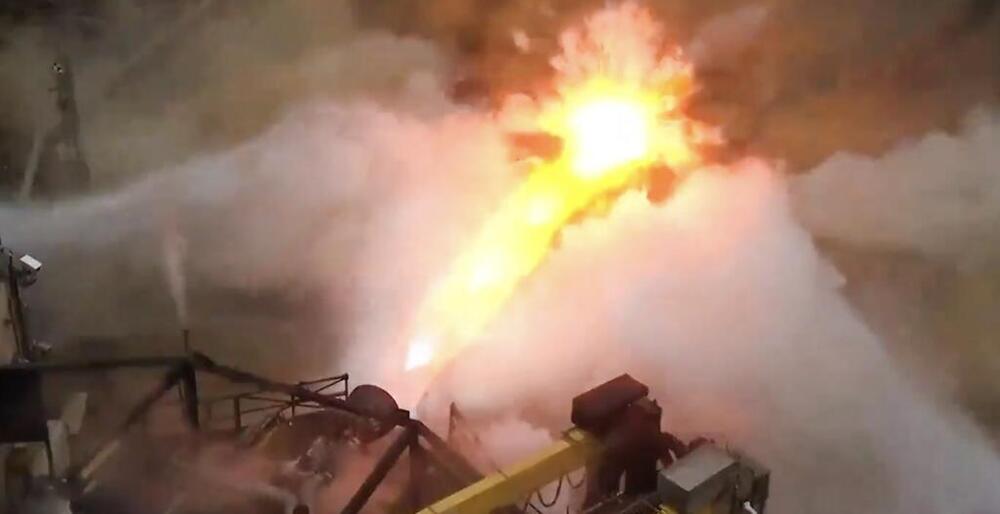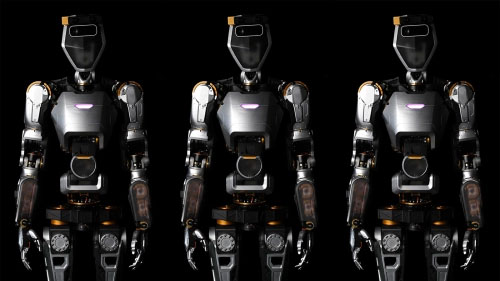$100 million from IBM to help develop quantum-centric supercomputer; $50 million from Google to support quantum research and workforce development.
Black holes have always been fascinating to scientists and the general public alike as even light can’t escape their gravitational pull.
Many of us will be familiar with feelings of sluggishness and lethargy in the afternoon, but for those with obstructive sleep apnea (OSA), the problem is more severe.
Fortunately, researchers have now identified a drug that offers a good chance of helping. And no, it doesn’t come in espresso form.
Excessive daytime sleepiness (EDS) for people who have OSA can severely affect daily life. It means having overwhelming urges to sleep at inappropriate times – while driving or eating, for example – and often struggle to complete simple tasks.
Self-described mixed reality nerd, Brad Lynch, has tweeted out several interesting details about Apple’s yet-to-be announced VR/AR headset. He has managed to compile information from several sources — mostly reports produced by hardware analysts based in China. His summation of the leaked info states: “The Apple HMD’s Bill of Materials (BoM) cost to be about $1500–1600 (USD). This is about double the reported BoM for the (Meta) Quest Pro (which was 800 dollars including the controllers and charging pad).”
The AI “arms race” commences. Silicon Valley is looking to capitalize on AI’s big moment, and every tech Goliath worth its salt is feverishly looking to churn out a new product to keep pace with ChatGPT’s 100 million users. Microsoft kicked things off nicely earlier this month with its integration of ChatGPT into Bing, with Microsoft CEO Satya Nadella proclaiming, “The race starts today.” The OG tech giant says it wants to use the chatbot to “empower people to unlock the joy of discovery,” whatever that means. Not to be outdone, Google announced that it would be launching its own AI search integration, dubbed “Bard” (Google’s tool already made a mistake upon launch, costing the company a stock slump). In China, meanwhile, the tech giants Alibaba (basically the Chinese version of Amazon) and Baidu (Chinese Google) recently announced that they would also be pursuing their own respective AI tools.
Do the people actually want an AI “revolution”? It’s not totally clear but whether they want it or not, it’s pretty clear that the tech industry is going to give it to them. The robots are coming. Prep accordingly!
Elon Musk was asked in a CNBC interview how he would advise his kids on careers in the AI age. Musk said finding fulfillment can be difficult if the AI can.
Tech startup Sanctuary AI has unveiled a general-purpose robot designed to perform many workplace tasks currently handled by people — working with humans or without them.
The challenge: Robots have worked alongside people for decades, and traditionally, they’ve been incredibly specialized — a bot on a General Motors’ assembly line, for example, might move pieces of metal from one place to another over and over again.
This has meant business owners would need to purchase multiple (usually expensive) robots if they wanted to automate multiple tasks.
(NEXSTAR) – Large swathes of the U.S. could suffer blackouts this summer, according to the annual assessment from the North American Electric Reliability Corporation (NERC).
The report, which forecasts how prepared the energy grids that power air conditioners, medical devices, lights and other vital resources are, found that roughly two thirds of the country are at an “elevated risk” of power loss.
Med-PaLM 2 welcomes the next phase of healthcare data analysis and insight generation.
